I decided to do a lunch break fossil hunt as it was threatening to rain with a low rumble of
thunder in the west. Masonic Park is only 3 or 4 miles northwest of Spring Valley and I had read about it, but never actually hunted it. I didn’t have high expectations because the water is so high with the perpetual rains this year, but I did find a pocket full of fossils within 10 minutes on what was exposed of the beach—nice!
And then it occurred to me that floods are not a bad thing for fossil hunters. Fossils are carried downstream and end up on beaches because of floods. Torrential rain exposes rock outcrops and brings more fossils into the dry washes that abound in Bluff Country. Floods cut away river and stream banks to expose more fossils and archeological remains.
Normally the creek is much lower and perfectly clear. It is a popular park for families going on picnics and trout fishing. You can canoe it and float it also. It is on a gravel road and is not heavily traveled. Very picturesque with the high wall of stone that glows white in the morning sun. This valley was used by Native American’s as a regular camp on their seasonal journeys north.
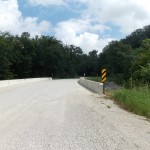 My understanding is that across the bridge on the rock shelves
My understanding is that across the bridge on the rock shelves
protruding into the river there have been numerous finds, both paleo and archeological. The creek is too high to attempt this today.
However, just a little up the road on the other side is a cave in the rocks. But you have to wade through swamp nettle to get to it at this time. There is promising shale that I can see.
A little further up on the same side of the road is an abandoned quarry. Also blocked by lots of swamp nettle with lots of exposed shed shale at the bottom. I did go and explore the quarry from the top dry wash. Lots of shale that is fossilized and promising for trilobites and other fossils, but I have already found the dry washes on either side of the upper end of the road to be far more intriguing and easier to access. Somewhere I read that this is Dubuque Shale (noted for fossils). I do know that there is a heavy Stewartville member of the Galena present because I found a number of Maclurites and rocks that would indicate this member of the Galena Formation.
The dry wash on either side of the road at the upper end going toward Spring Valley make this a GREAT KIDS’ hunt. Easy access, plenty of parking, low traffic, clean, no noxious weeds and few insects.
And lots of fossils!
In an hour, I had a backpack full and I was being picky!
Hash plates, maclurites, hormatoma, fusispira, crinoids, receptaculitids, bryozoa, brachs, a
cephalopod, horn corals, and a couple of surprises that I am trying to get identified at thefossilforum.com
Going into the quarry from the dry wash the bedrock is like huge giant’s steps! Heavily fossilized too! 😀
Here are a couple of the more unusual specimens I collected that have gotten IDed.
This turned out to be a trilobite exo-skeleton!

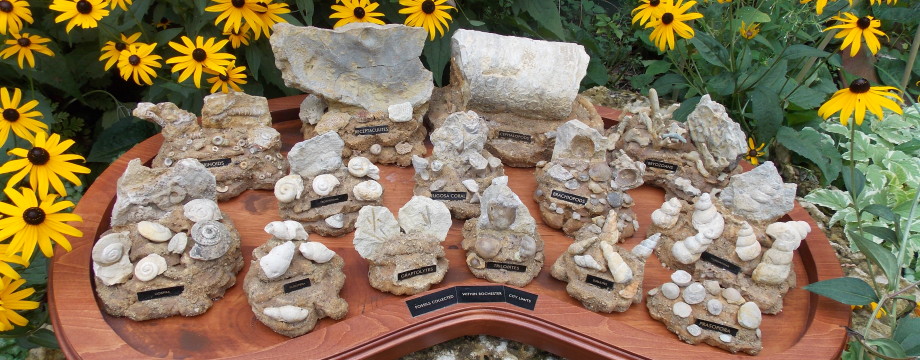

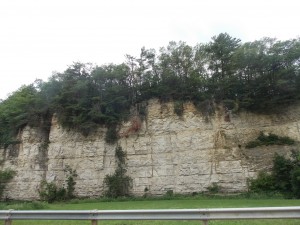
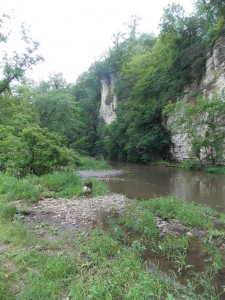
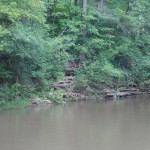
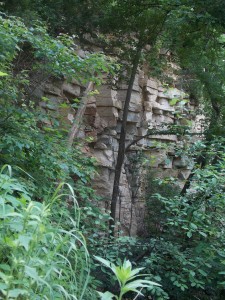
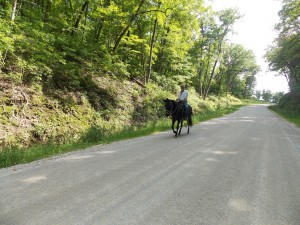
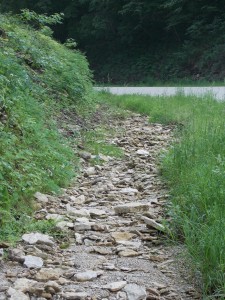
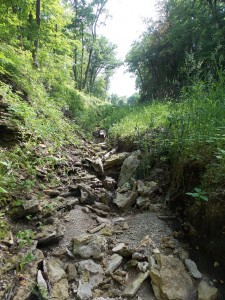
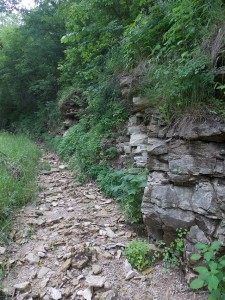
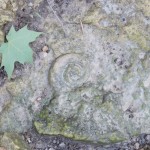
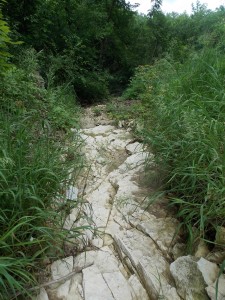
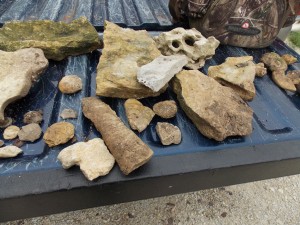
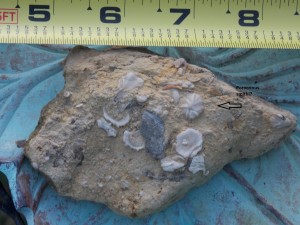
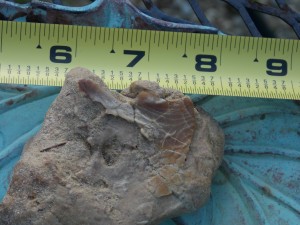

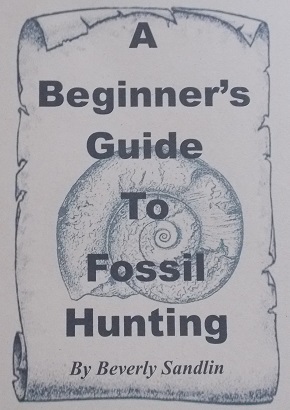


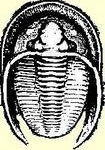
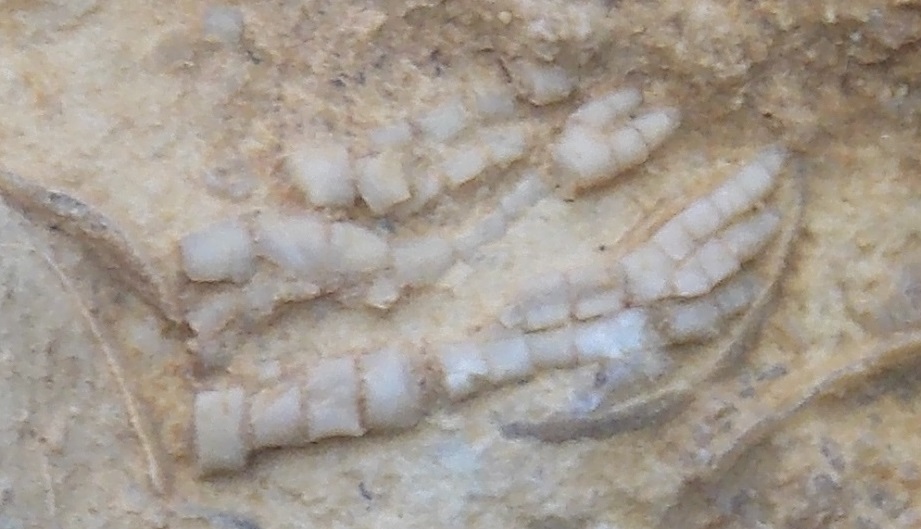

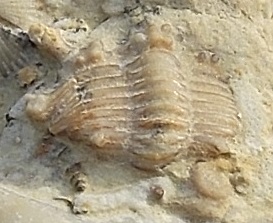

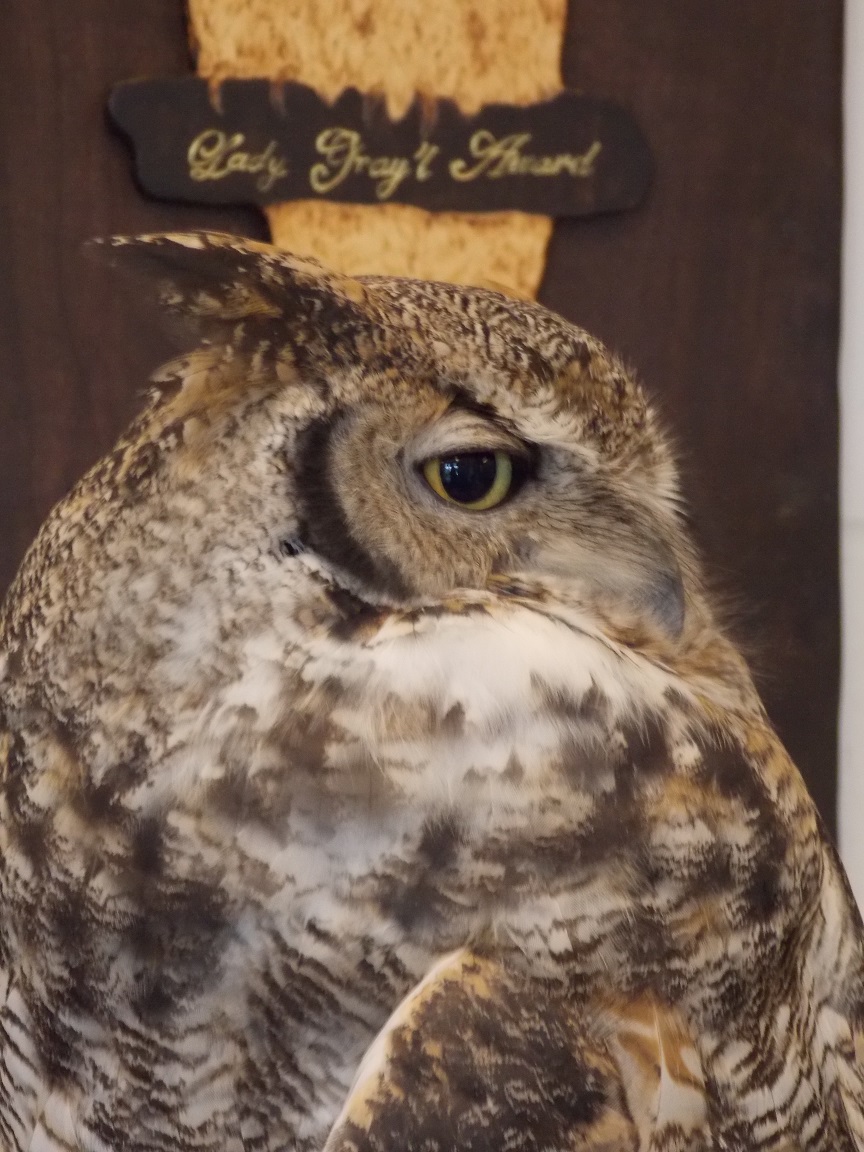
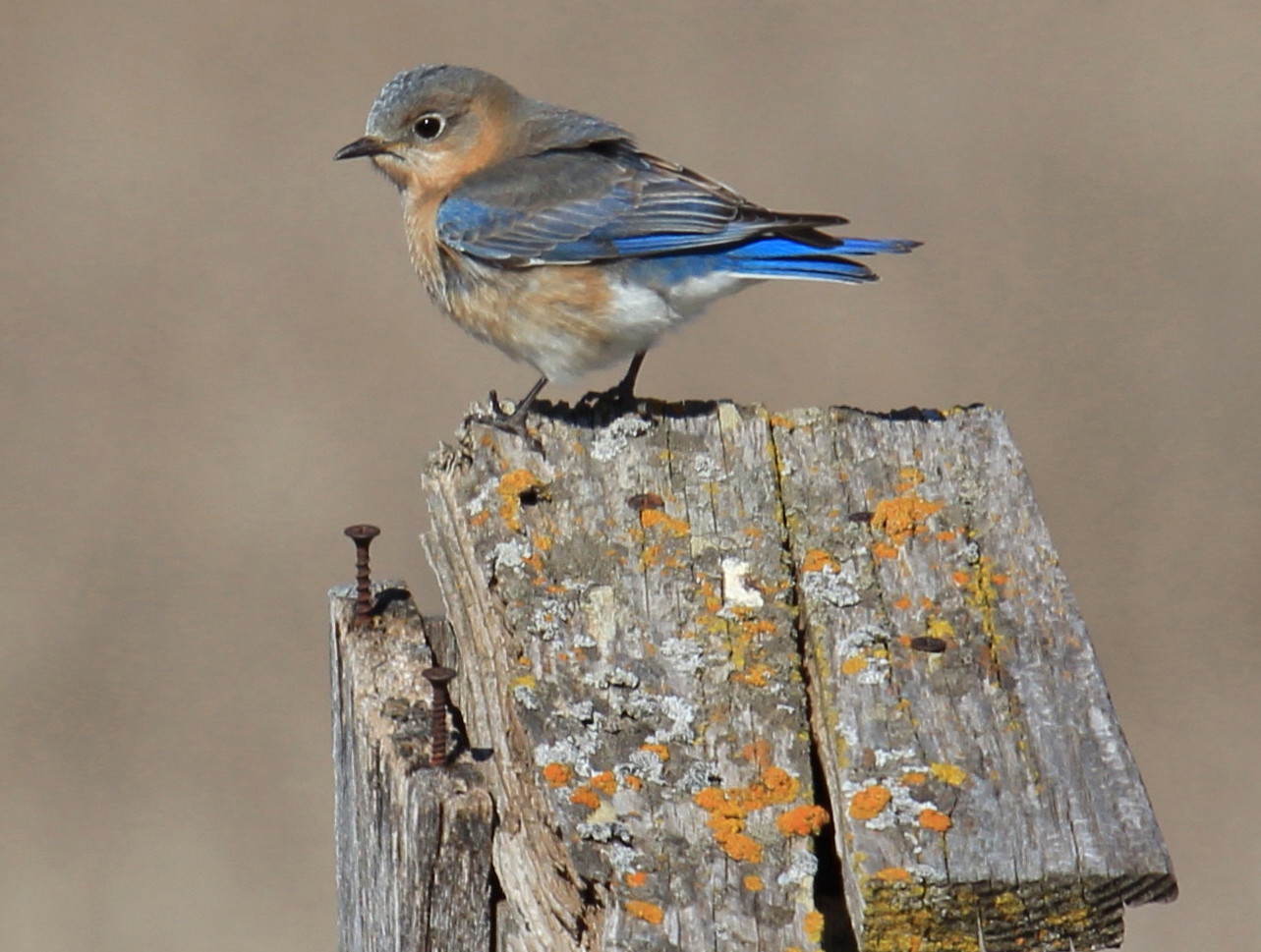


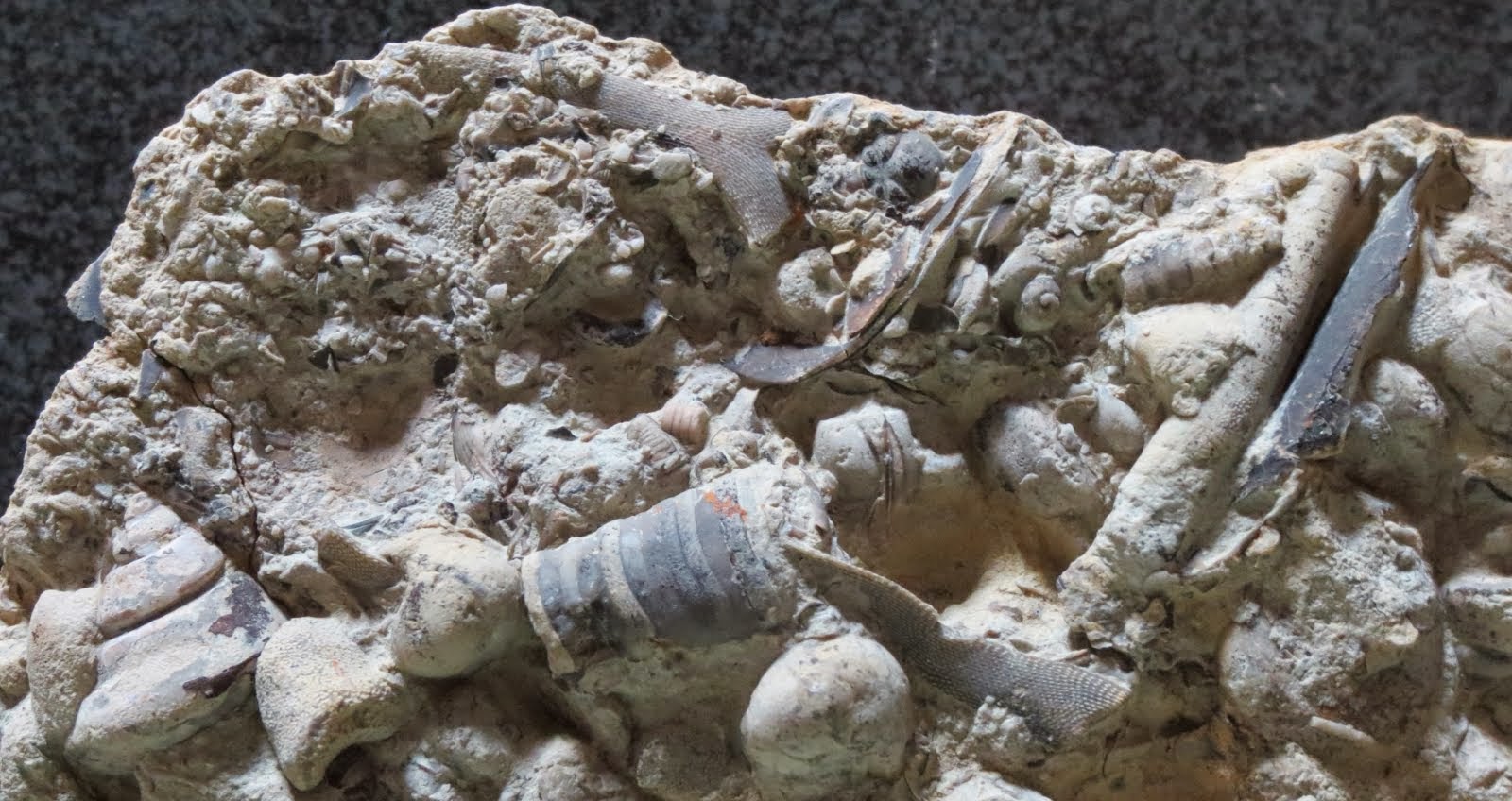
One Response to Of Floods & Fossils – Masonic Park, Spring Valley